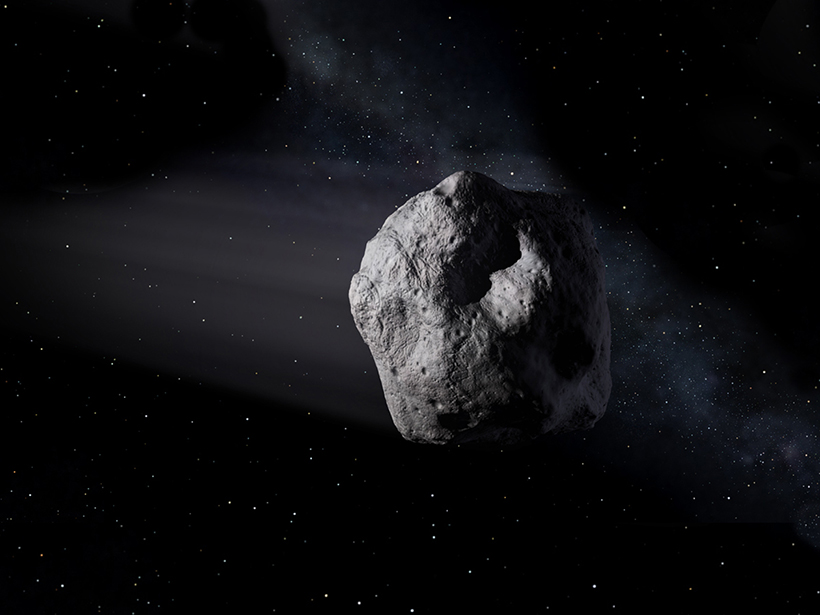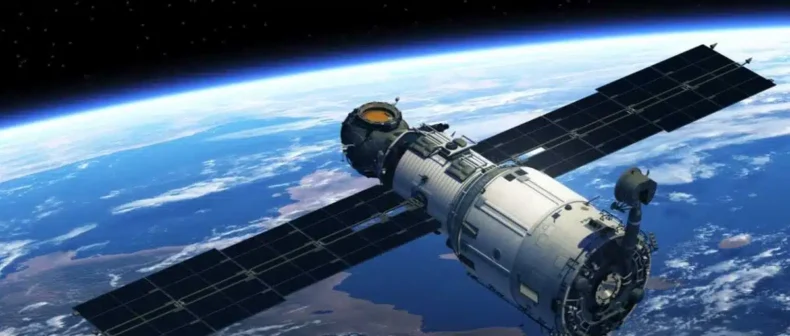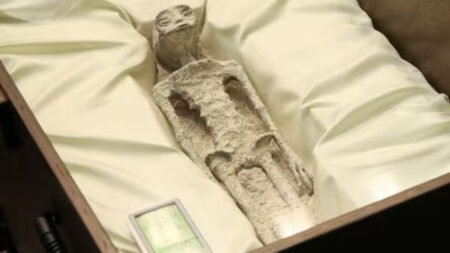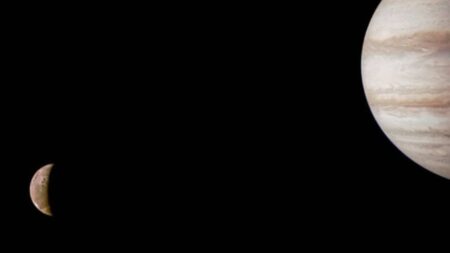NASA’s latest experiments in Mexico seek to create and study data to help prevent accidents in space

The facility, known as White Sands, hosts a massive Vaccum Gun that allows NASA to shoot objects approximately the size of micrometeorites at different types of materials to test the resistance and resilience against possible space trauma. The tests are meant to test the durability of the spacecraft for future missions, such as the future Mars Sample Return Mission.
NASA is researching how various spacecraft may deal with debris hurtling across space at a facility in Las Cruces, New Mexico. As NASA reportedly readies for more missions to space, the necessity to study how different spacecraft may interact and the methods to prevent accidents in space become of vital importance.
There is a multitude of things that could go wrong in a trek to outer space, from rocket failures to leaky airlocks, however, an equal or perhaps the biggest threat to spacecraft are bits of tiny space rocks, that may look small and insignificant to the untrained eye, but can turn out to be catastrophic.
Space debris, or space junk, is artificial or space-originated material that may orbit the Earth, that may not function anymore. These materials can range from discarded rocket materials to microscopic chips of paint. With the high rates at which objects may orbit the Earth, (up to 8 km per second) an accident with a small piece of space debris may damage a spacecraft. Spacecrafts with a crew and or uncrewed spaceflights are both in danger due to the amount of debris floating in space. The likelihood of a space shuttle colliding fatally with some form of space junk.

These dust particles, known to scientists as micrometeoroids, are a huge source of potential danger for spacecraft travelling through space. NASA, in a remote facility in New Mexico, is currently testing new methods to protect spacecraft carrying these Martian surface samples.
The data collected through these experiments is set to be studied to conduct and execute a Mars Sample Return in the upcoming years. The main goal of this multi-mission operation is to visit Mars, collect samples derived from NASA’s Perseverance rover, and bring the materials back to Earth so that the data may be studied. The vacuum gun, which NASA is using to conduct this experiment, launches tiny pellets, up to 16 to 22 feet per second, and is a two-stage light gas gun.
Marcus Sandy, a manager at the White Sands Test Facility in New Mexico said: “NASA White Sands is a remote test facility that the agency uses for some of the more dangerous testings that are needed to support the NASA missions”
The Remote Hypervelocity Test Laboratory is located at White Sands, New Mexico and consists of a 69-metre gun. The gun, powered with pressurised hydrogen gas is able to shoot small rocks through a vacuum at speeds up to 6.7 metres per second — covering the distance from New York to San Francisco in about five minutes. According to NASA, engineers spent around three days setting up this one-second-long experiment, which aims to predict and study the results of the possibility of a NASA spacecraft colliding with a micrometeoroid during the trip from or to Mars.
Russ Stein, a NASA product design lead specialist for the Mars Sample Return mission says, about this experiment: “The goal here is to see how well those materials withstand those impacts to make sure that we don’t lose containment of our sample,”
However, the micrometeoroids that are scattered across space are travelling roughly six times faster than the pellets that come out of the gun, or around 80 kilometres per second. Our capacity to study, research and perhaps even travel to Mars depends on our ability to ascertain which designs and materials are ideal for safeguarding priceless Earth-bound Mars samples.

ISRO’S Next-Gen Launch vehicle May Supersede PSLV :
The Next-Gen Launch Vehicle (NGLV) is being created by the Indian Space Research Organization (ISRO) to replace current systems like the Polar Satellite Launch Vehicle (PSLV). Read more…













